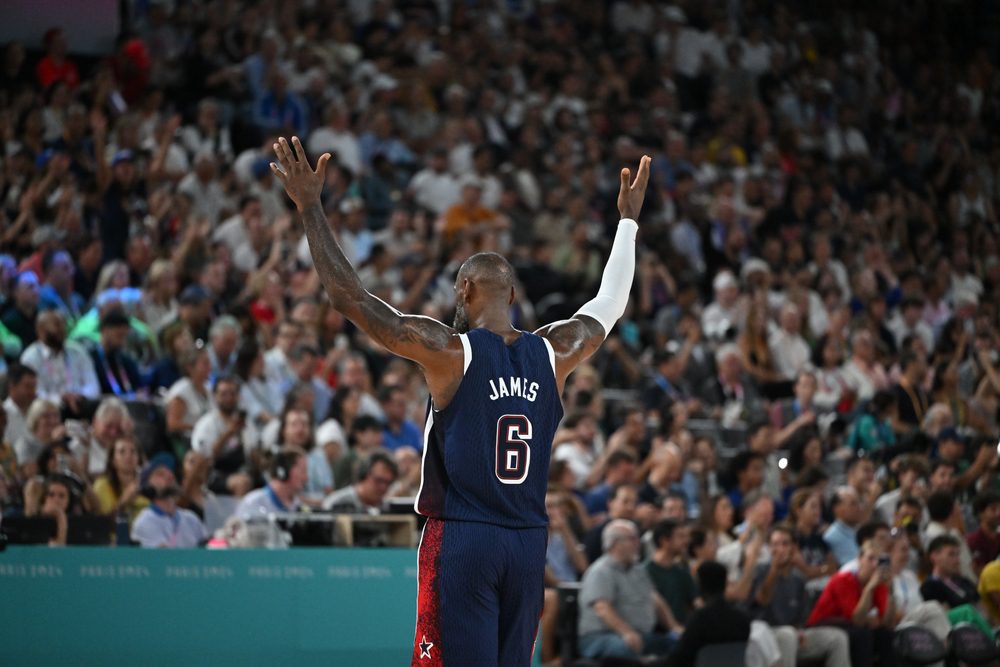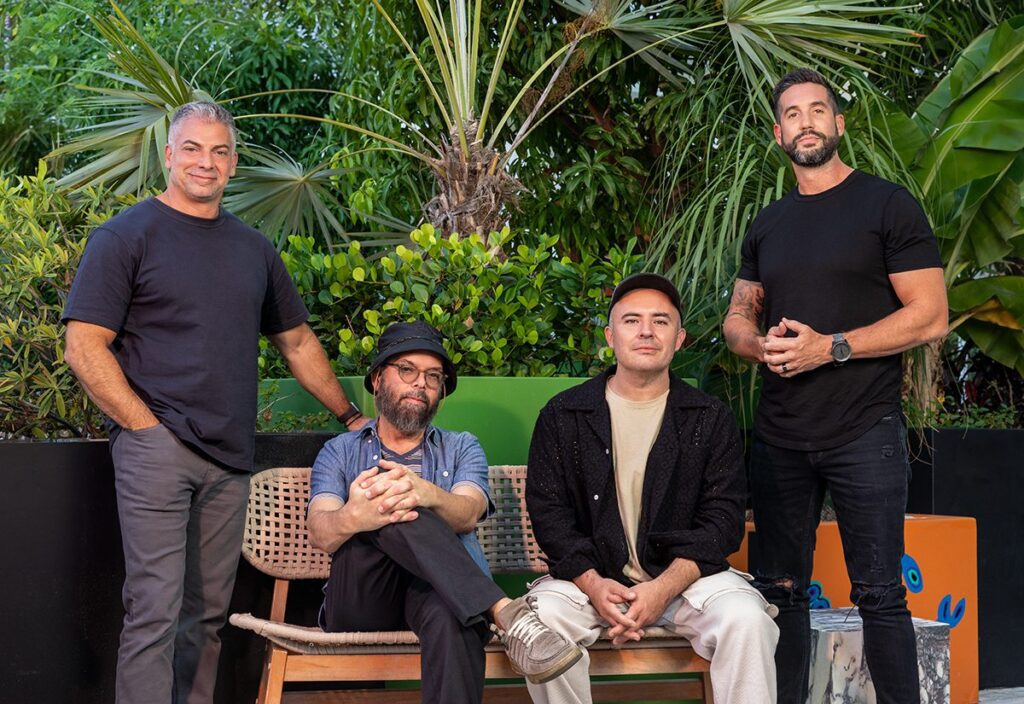Marketing folks and sales people in any corporation get along in the same kind of uneasy truce seen among cats and dogs living under one roof. Like felines and canines, both are completely different creatures, having different demeanors, needs, habits and motivations. (I tried getting my cat Bud to retrieve something and he looked at me like I’d completely lost my mind!) Each however, instinctively knows that if they don’t play nice, the odds are good that one or both of them will be living elsewhere.
Stroke any marketer and they’ll tell you that given half a chance, their sales people would give away the corporate store by offering their customers ridiculously large discounts. They’ll go on to note their suspicion that their salespeople suffer from “Stockholm Syndrome,” the psychological affliction common to kidnap victims who are so badly abused that they identify their captors as friends, and the police as the enemy.
Scratch any sales person and they’ll note that because marketing people reside in ivory towers, any promotion plan meeting their customer’s needs is a miracle. Sales people tend to envision themselves very favorably against Winston Churchill’s assessment of the Royal Air Force during the Battle of Britain: “Never in the field of human conflict was so much owed by so many to so few.” Of course most sales folks would add: “Who were provided with so little!”
This is a story of how some marketing “cats” and sales “dogs” learned to work together to create a truly memorable and lasting promotion.
Bruce Thompson was the marketing manager of Crayola crayons for Binney & Smith when they announced a heretofore unheard of change to their signature 64-count crayon box. Binney & Smith had been around since 1885 when Edwin Binney and C. Harold Smith had joined in partnership to manufacture carbon black, printing inks and later, slate pencils. B&S had been in the crayon business since 1903 when they introduced the Crayola brand featuring eight colored wax crayons: brown, red, orange, yellow, green, blue, violet and black. Thompson had the audacity in 1990 to retire eight of the 64 colors in a collection, which had stood inviolate since its introduction in 1958. “Bruce was a bold and forward thinker in a company that traditionally had been run by conservative educators,” recalled Crayola’s former manager of consumer promotion, Mitch Weissbein.
Anyone who was a child in the late 1950’s remembers the first time they saw Crayola’s massive 64-count collection. Each flip top box held immaculate, even rows of crayons, each standing upright like a rainbow picket fence with their perfectly tapered tips. The box even had a built in crayon sharpener, thereby enabling every child the maximum odds of “coloring within the lines.” The package evoked “crayon envy” in any kid not owning one of these extraordinary sets.
Tradition be damned though, for gone forever were green blue, raw umber, orange yellow, violet blue, maize, lemon yellow, blue gray and orange red. Consumers, of course, took to the streets. “We had people protesting in front of our headquarters,” noted Binney & Smith Spokesperson Stacy Gabrielle, “It was like we were taking something away from their childhood by changing colors.” Special interest groups like “RUMP” (Raw Umber and Maize Preservation Society) and “The Society to Save Lemon Yellow” mobilized in a futile effort to change Crayola’s mind.
In the end progress must be served, and so America eventually gave welcome to the eight new colors; dandelion, wild strawberry, vivid tangerine, fuchsia, teal blue, royal purple, jungle green, and cerulean. This whole, unnerving experience however seemed to cry out for a unique promotion from Thompson and his team. In the spring of 1991 they got the bright idea of creating a special retro looking tin and packing the new 64-count box inside it, together with a special 8-pack box of the “retired” colors. The feeling among the marketing staff was that this unique commemorative SKU would have a great deal of appeal during the crucial 1991 fall season. With that in mind Thompson polled his sales force on their needs for this special promotion and was rewarded with a lackluster response for 500,000 units.
Binney & Smith’s sales force, like so many others before them, failed to understand how changes in an old product could create a short-term purchase window. Weissbein, ever the promoter, recalls feeling that this was “an unprecedented last chance to own the retired colors.” Undaunted by sales’ tepid response, Thompson went ahead and ordered 875,00 tins, a mere 75% increase over pre-order projections, from his supplier, J.L. Clark, the leading U.S. tin producer.
The new “collector’s pack” didn’t so much sell as it exploded out of retail stores. “Sales skyrocketed!” noted Steve Johnson, manager, category management. “Retailers were calling us like crazy trying to order more.” As Johnson remembers, “The thing that made the whole promotion so successful was the exclusivity of the tin.” Retail demand in fact was so high that Crayola elected to go back on line as soon as possible. ASAP turned out to be the spring of 1992, at which time the company filled back orders for an additional 625,000 tins.
Knowing a gold mine when it saw one, Crayola, designed a new and improved tin for the 1992 holiday season. The new tin was dated and in addition to having the now standard 64 count box inside, had a special Crayola Bear holiday ornament, an addition brought on by the advice of their parent company, Hallmark Cards, who knew a thing or two about collectibles. “It was a perfect marriage,” according to Weissbein. “Hallmark was in the social expression business and Crayola was in the personal expression business.” With the addition of the ornament, and in light of the fact that the ’91 tins sold out at retails of $5.99-$6.99, the company upped their wholesale so that the new targeted retail price would be $9.99. That’s not all they increased either. They also raised their tin order to a whopping 5.3 million units, an increase of 600% over their initial 1991 run.
Amazingly, they sold out of the 1992 tins. As Weissbein summed up, “America was willing to buy more than in the past because we were generating a tremendous amount of new users from gift givers.” Somewhat surprisingly, Crayola didn’t execute a tin promotion in 1993 because of the brand’s 90th birthday and the introduction of the new 96-count box. As Stacy Gabrielle explained it: “We had introduced 16 new colors that were named by consumers. Our main focus that year was on the collectible 96 box that for the first time included the names of the people who had named the 16 new colors.”
This fall Binney & Smith will celebrate the centennial of the Crayola brand with a four-tin extravaganza. Each tin will depict a different 25-year period in the history of the brand, and while they’re not saying yet what else will go into each special edition, they are admitting that there will be “something special” about each. Using a variation of the past, they have also announced that they will be offering retirement packages to four of five select colors. In a scene lifted virtually intact from any of the current reality TV shows: “Five of you are going out there today, but only one of you will be returning…a star!” The brand will let consumers vote on whether burnt sienna, magic mint, mulberry, teal blue or blizzard blue will be the “sole survivor.” Personally, I’m not sure that I want to live in a world without teal blue, but maybe that’s just me.
If history is any indication, and if you’re reading this during the back-to-school scramble, then you know perfectly well that it is advisable to shop early and often for your four Crayola Centennial tins. The odds are pretty good that this is one promotion that will be gone before you know it.
Have a favorite campaign from years past? Contact Rod Taylor, senior VP of CoActive Marketing, at [email protected].
KEY DATES
1885
Edwin Binney and C. Harold Smith join forces to manufacture carbon black, printing ink and later slate pencils.
1903
Crayola crayons premier in eight colors: brown, black, orange, red, green, blue, yellow and violet. The first boxes sold for five cents each.
1958
B & S introduces the largest crayon collection in its history; the massive 64-count collection of Crayola Crayons. The cardboard box even comes with a built in crayon sharpener.
1990
For the first time in its history B & S “retires” eight colors from their 64-count collection, inducting them into “The Crayon Hall of Fame” in Easton, PA. Gone are: green blue, raw umber, orange yellow, violet blue, maize, lemon yellow, blue gray and orange red. The “new, brighter colors” are: dandelion, wild strawberry, vivid tangerine, fuchsia, teal blue, royal purple, jungle green and cerulean.
2003
In preparation for its 100th year celebration, B & S announces that four of five colors will be replaced based on consumer voting. On the bubble are: burnt sienna, magic mint, mulberry, teal blue, and blizzard blue.
 Network
Network

